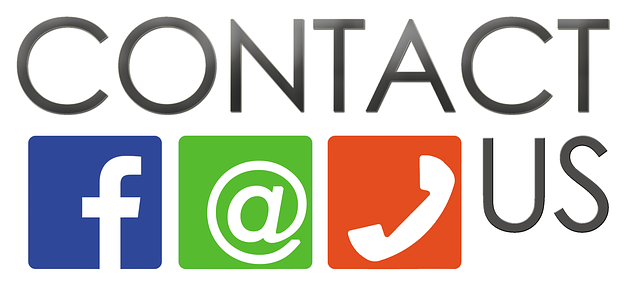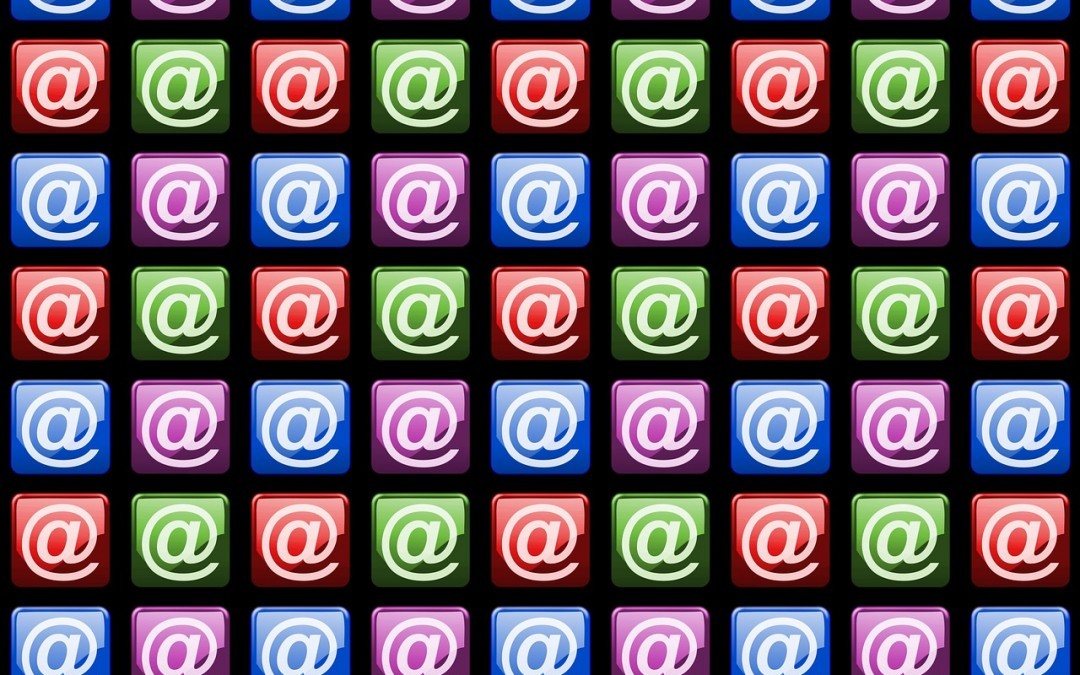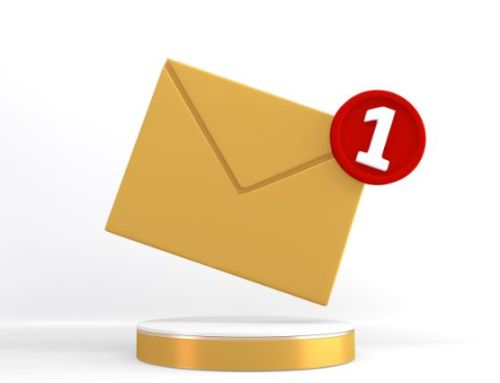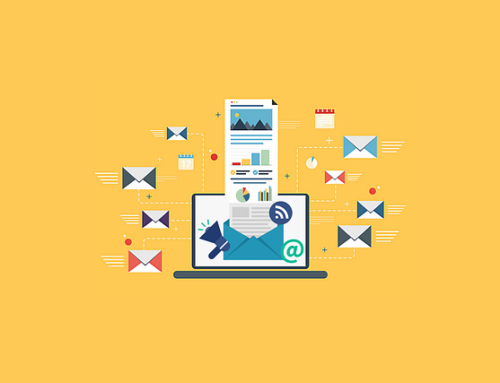The saying, “the money is in the list” still holds true today as it remains important to build up a good email marketing list to share your small business information with an interested audience. If people have given you permission to email them information about your company, you need to take advantage of this opportunity for a powerful marketing media. However, there are certain techniques in today’s small business marketing that you should be aware of in order for your email campaigns to be successful.
Target your messaging through segmentation
You’ve grown your email list from 100 emails to over 1,000. Congratulations! But if you haven’t segmented your list, your email marketing efforts will be far from effective. Like most other forms of marketing today, audiences expect a personalized message, crafted and targeted to their particular needs. If you’re sending out one mass email with the same messaging whether your subscribers are current, past or future clients, you’re missing a huge opportunity. There are several ways to segment your list to make your messaging more meaningful, starting with dividing between prospects and clients. They can and should be marketed to with different messaging. Someone who subscribed to your blog is at a different level of engagement as someone who downloaded a case study; put them on different lists. A prospect that signed up for a free trial of your service is different than a blog subscriber as well. Again, differentiate the lists. The bottom line is, you shouldn’t simply send one email to everyone on your main list. If you do, you risk poor open rates and high unsubscribe rates.
Make the subject line attractive
People are busy. Sure, they agreed to let you send them emails but still, yours is one of hundreds they likely get during the work week. Create a subject line in your email that entices them to actually open the email. Which email would you open? Here are two examples:
- Marketing news
- Powerful marketing tips you can use right now
#2 is worth a second look. #1? Already deleted. Keep in mind that people skim their inbox and are always looking for ways to streamline the info. If they constantly get “marketing news” emails, they won’t get opened and at some point, may simply unsubscribe. Give your email a fighting chance by giving it a subject line that shouts, “Open me!”.
Your email needs to be easy to read
People consume information in bite-sized chunks. If they open an email and are presented with volumes of text, they’ll likely close it to “read later” which translated means, never opened again and ultimately deleted. Make it easy for people to skim the contents and absorb what they need. Chunk information up. Bold section headers. Use bullets and numbers. Don’t be too wordy in your email. Keep it short. Remember, your email is to share information and engage; send them to your website if you want to provide them with more in-depth information.
Your emails should match your branding
Email marketing is an extension of your brand, so use the same look and feel in your emails as you have on your website. People should instantly recognize that the email is from your company by the way the email is branded. Include your company’s colors and logo in the header for ease of recognition.
Make sure your email marketing message fits into your strategy overall
You should have a reason to be emailing your list on a regular basis. Be sure that how you’re leveraging your email marketing efforts aligns with your small business marketing strategy overall. Understand what your intended outcome is for your email marketing efforts. Branding? Sales? Customer retention? Customer acquisition? Start your email marketing campaign with the end goal in mind for best results.
Encourage engagement

Email marketing shouldn’t be one-way communication. Ask readers for replies and input. Ask for ways to make your marketing messages more useful. Make your emails more than just another email in their inbox by starting a conversation. Email is a platform for communication, so use it as such and learn more about what your customers want from you.
Measure your marketing activities
Measure your activities. How many emails did you send? What was your bounce rate? What was your open rate? How many people opened it more than once? Any unsubscribers? Measure all of it to get insights on how to make your email marketing efforts even better.
- Marketing Tactics That Your Small Business Can Do for Free - January 10, 2024
- How to Create Images for Your Small Business Website - December 6, 2023
- How Small Businesses Benefit from Referrals - November 6, 2023






Leave A Comment
You must be logged in to post a comment.